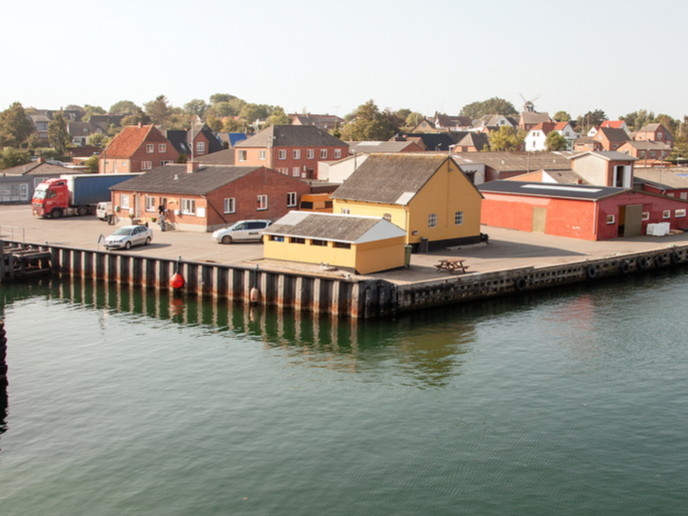A step towards fully electric ferries
Hybrid and electric vessels are under the spotlight lately, thanks to intensified efforts to limit greenhouse gas emissions from global shipping, a significant source of CO2 and other pollutants. There are already several offerings of such green ships in Europe, and a Danish operator is ready to pave the way for the widespread use of fully electric powered vessels in the ferry sector. Supported by the EU-funded E-ferry project, project partner Aeroe (Ærø) Kommune’s vessel will cover distances of over 20 NM between charges. The novel all-electric ferry is set to have the largest battery pack installed at sea. A news item on ‘Passenger Ship Technology’ states that the new vessel is “likely to be the first electric ferry to have no emergency back-up generator.” It adds: “Creating this E-ferry prototype Ellen, due for delivery in May, involved designing, building and demonstrating a fully electric-powered ‘green’ ferry which can sail without CO2 emissions.” The same news item notes that the battery system of the vessel is divided into 20 different units. Each unit is connected to separate converters that control the energy output. If the ferry has an issue with one unit, it merely loses one twentieth of its existing power. This is a clear advantage over other vessels that use the two-battery unit configuration. In the same piece, project coordinator Trine Heinemann explains the technology used: “The batteries themselves serve as emergency generators for each other. Each battery unit has a control unit that keeps track of the temperature and voltage of the batteries, making sure it is within limits and if not, then in principle it will shut down.” Lightweight materials The vessel has used various methods to reduce weight, according to the news item. For example, instead of having ramps attached to it, Ellen utilises a large one on shore. Heinemann adds: “Most ferries have chargers on the shoreside rather than on the ramp. When there are changes in tide, the arm can be too high or low in relation to where the plug is. But the ramp and vessel move together and hopefully there will be fewer situations where charging cannot take place.” In addition, the ferry design brought the passenger areas to the same level as the car deck in order to save steel. The bridge is made up of aluminium instead of steel. As another weight-saving measure, the project partners used recycled paper for the vessel’s furniture, rather than wood. The E-ferry (E-ferry – prototype and full-scale demonstration of next generation 100% electrically powered ferry for passengers and vehicles) project was launched with the overall objective of introducing a newly developed, energy-efficient design concept. This involves an enhanced hull and propulsion system, a high-energy battery pack, as well as the use of modules and components that reduce weight. The E-ferry will be put into operation between the island of Aeroe (Ærø) and mainland Denmark. For more information, please see: E-ferry project website
Countries
Denmark



